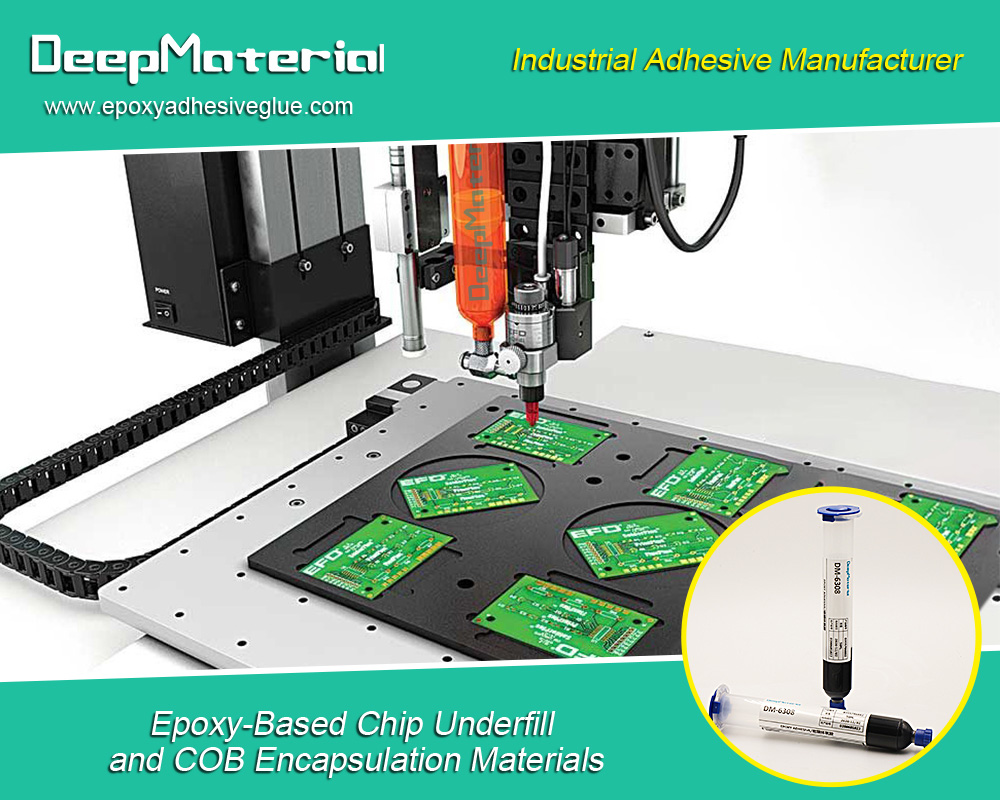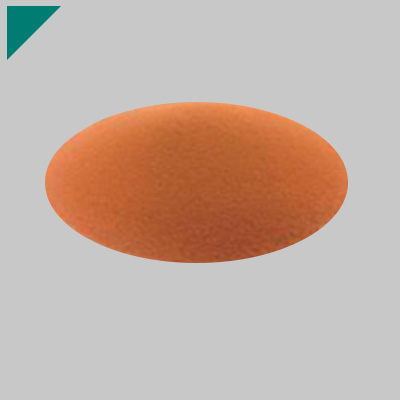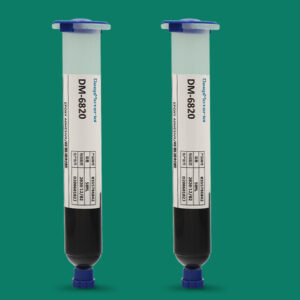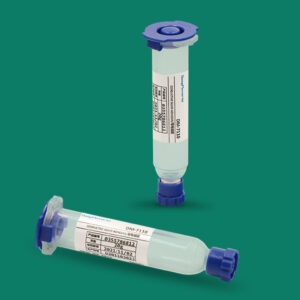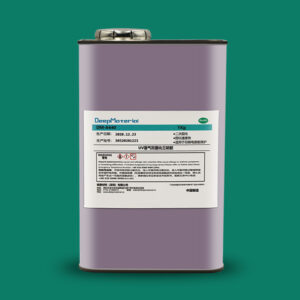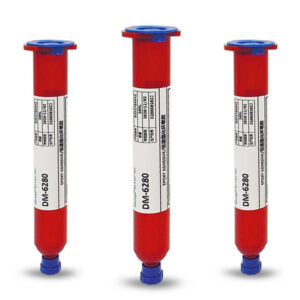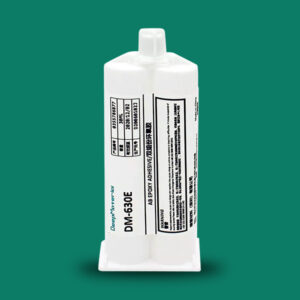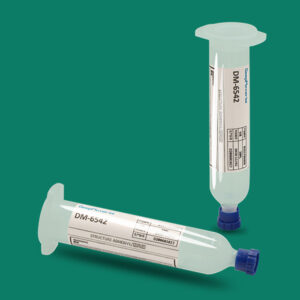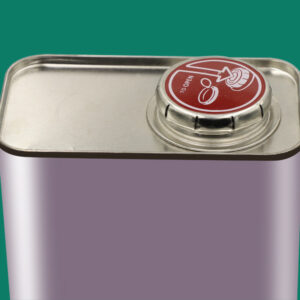The Importance of Electric Appliance Adhesive: Ensuring Secure and Durable Connections
The Importance of Electric Appliance Adhesive: Ensuring Secure and Durable Connections
In this era of technological marvels, where we are surrounded by an array of electric appliances designed to make our lives easier, it’s easy to overlook the importance of the glue that binds these devices together. Yet, without it, our beloved appliances would be nothing more than a collection of disjointed parts.
Electric appliance adhesive is not just about sticking things together; it’s about ensuring secure and durable connections that can withstand the test of time and usage. It’s about creating a bond so strong that even under extreme conditions, your appliances continue to function seamlessly.
In this comprehensive blog post, we will delve deep into the world of electric appliance adhesives. We will explore their importance in ensuring secure and durable connections in your appliances, their role in enhancing the longevity and performance of your devices, and why they deserve more recognition than they currently receive.
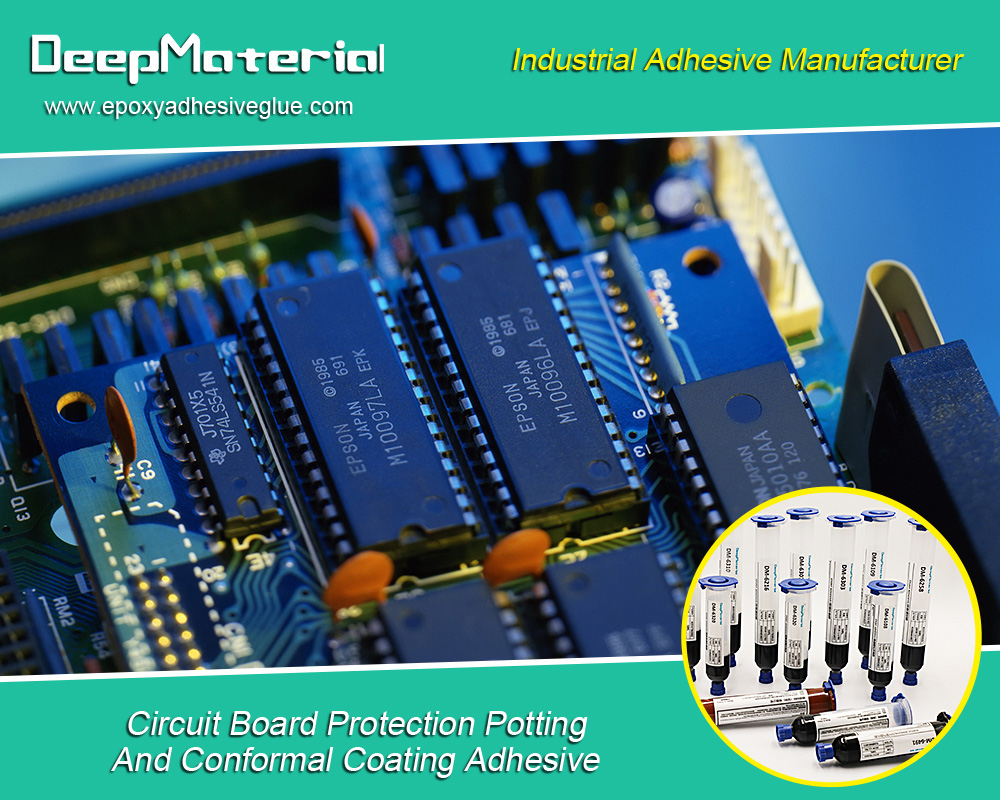
The Role of Adhesive in Ensuring Secure Connections
One of the primary roles of electric appliance adhesive is to create a strong bond between components. This bond is essential for ensuring that the various parts of an electric appliance stay securely connected, even under the stresses and strains of everyday use. Without a strong bond, components can become loose or disconnected, leading to malfunctioning or even dangerous appliances.
Secure connections are crucial in electric appliances for several reasons. First and foremost, they ensure the proper functioning of the appliance. When components are securely bonded together, they can work together seamlessly, allowing the appliance to perform its intended function. Additionally, secure connections help to prevent damage to the appliance. When components are loose or disconnected, they can rub against each other or move around, causing wear and tear that can lead to premature failure.
Finally, secure connections are important for safety. Loose or disconnected components can create electrical hazards, such as short circuits or electrical shocks, which can be dangerous for users.
Types of Electric Appliance Adhesive
There are several different types of electric appliance adhesive available, each with its own advantages and disadvantages.
One common type of adhesive used in electric appliances is epoxy adhesive. Epoxy adhesive is known for its high strength and durability, making it ideal for bonding components that are subjected to high stress or strain. It is also resistant to chemicals and temperature fluctuations, making it suitable for a wide range of applications. However, epoxy adhesive can be difficult to work with and requires careful mixing and application.
Another type of adhesive commonly used in electric appliances is silicone adhesive. Silicone adhesive is known for its flexibility and resistance to high temperatures. It is often used to bond components that are exposed to heat, such as heating elements or oven doors. However, silicone adhesive may not provide the same level of strength and durability as epoxy adhesive.
Other types of adhesive used in electric appliances include acrylic adhesive, cyanoacrylate adhesive, and polyurethane adhesive. Each of these adhesives has its own unique properties and is suitable for specific applications.
How to Apply Electric Appliance Adhesive
Applying electric appliance adhesive requires careful preparation and attention to detail. Here is a step-by-step guide to applying adhesive:
Clean the surfaces: Before applying adhesive, it is important to clean the surfaces that will be bonded. This helps to remove any dirt, grease, or contaminants that could interfere with the bonding process.
Apply the adhesive: Apply a thin layer of adhesive to one of the surfaces using a brush or applicator. Be sure to apply the adhesive evenly and avoid applying too much, as this can lead to excess adhesive squeezing out when the surfaces are pressed together.
Press the surfaces together: Once the adhesive has been applied, carefully press the surfaces together. Apply even pressure to ensure that the adhesive spreads evenly and creates a strong bond.
Allow the adhesive to cure: Depending on the type of adhesive used, it may need to cure or dry before the bond is fully formed. Follow the manufacturer’s instructions for curing time and temperature.
Common Issues with Electric Appliance Adhesive and How to Avoid Them
While electric appliance adhesive is designed to create strong and durable bonds, there are some common issues that can occur. Here are some common issues and strategies for preventing them:
One common issue is adhesive failure, where the bond between the components fails. This can be caused by factors such as improper surface preparation, incorrect adhesive selection, or inadequate curing time. To prevent adhesive failure, it is important to follow the manufacturer’s instructions for surface preparation, adhesive selection, and curing time.
Another common issue is adhesive squeeze-out, where excess adhesive squeezes out from between the components. This can be caused by applying too much adhesive or applying uneven pressure when pressing the surfaces together. To prevent adhesive squeeze-out, it is important to apply a thin layer of adhesive and apply even pressure when pressing the surfaces together.
Safety Considerations When Using Electric Appliance Adhesive
When using electric appliance adhesive, it is important to follow safety guidelines to ensure the safety of both the user and the appliance.
One important safety consideration is to wear appropriate personal protective equipment (PPE), such as gloves and safety glasses. This helps to protect against skin contact with the adhesive and prevents eye injuries from splashes or fumes.
It is also important to work in a well-ventilated area to prevent the inhalation of adhesive fumes. If working in an enclosed space, it may be necessary to use additional ventilation or wear a respirator.
Additionally, it is important to store adhesive properly to prevent accidents or spills. Adhesive should be stored in a cool, dry place away from sources of heat or ignition. It should also be kept out of reach of children and pets.
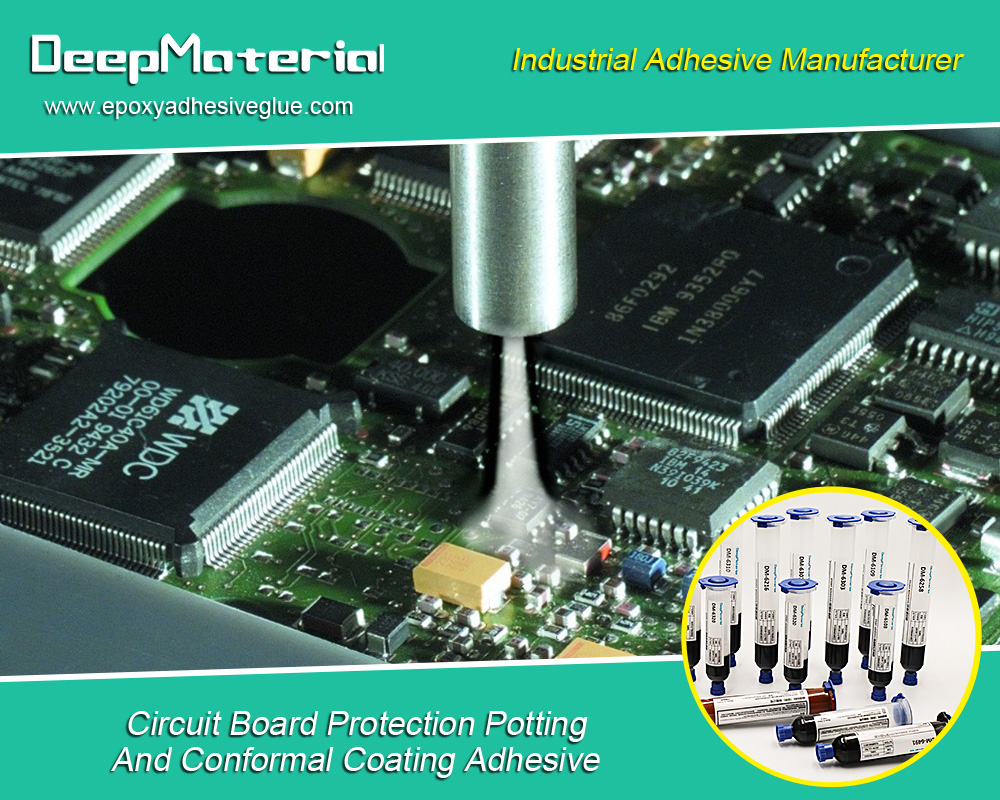
Final Words
In conclusion, electric appliance adhesive plays a crucial role in ensuring secure and durable connections in electric appliances. It helps to create strong bonds between components, which are essential for the proper functioning, durability, and safety of these appliances. By using electric appliance adhesive, manufacturers can create reliable and long-lasting products that meet the needs of consumers.
For more about choosing the Importance of Electric Appliance Adhesive, you can pay a visit to DeepMaterial at https://www.epoxyadhesiveglue.com/category/epoxy-adhesives-glue/ for more info.


